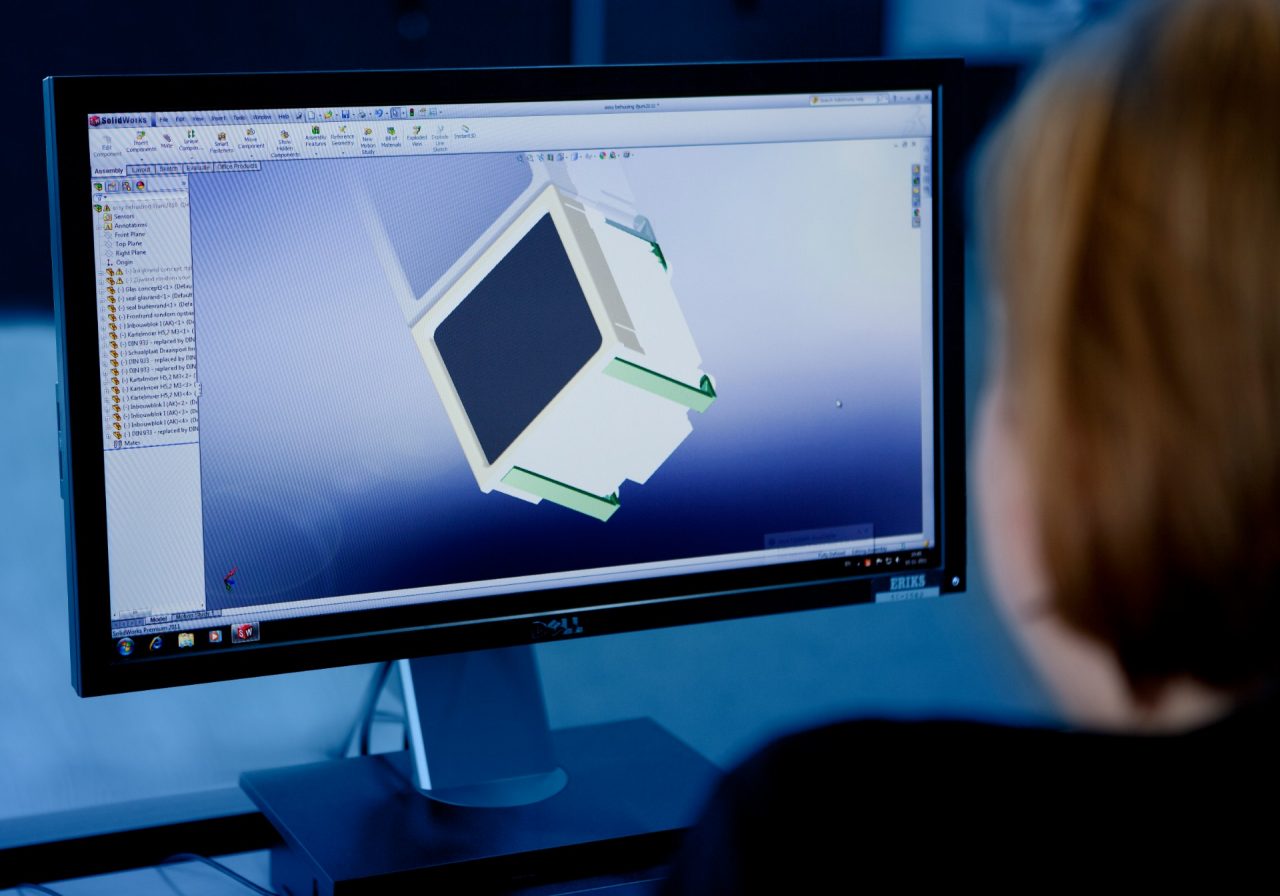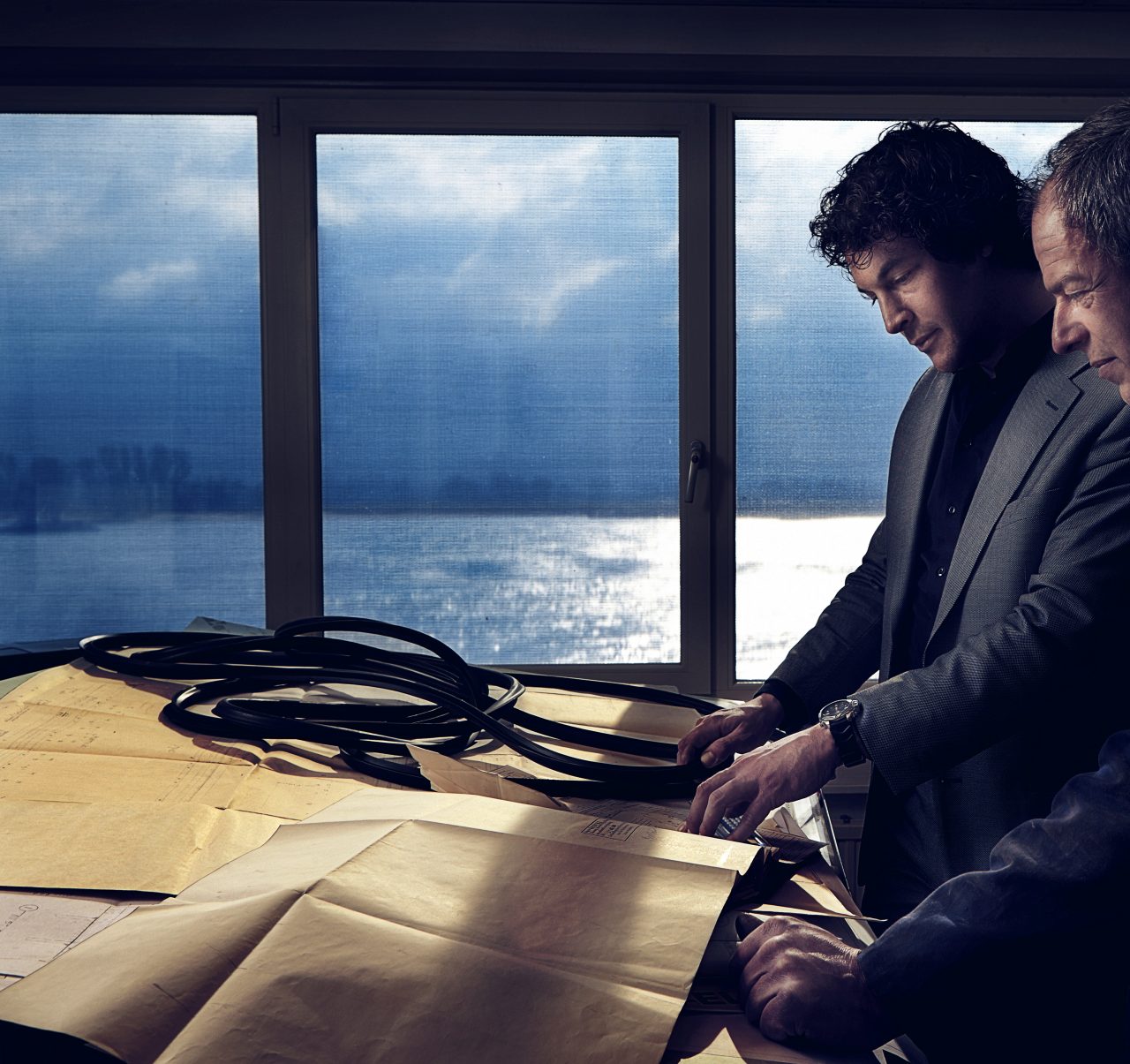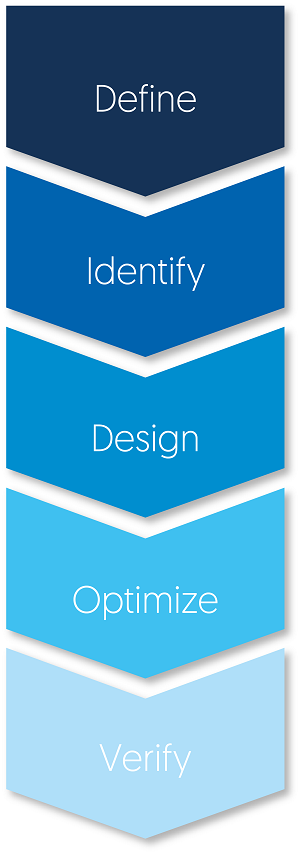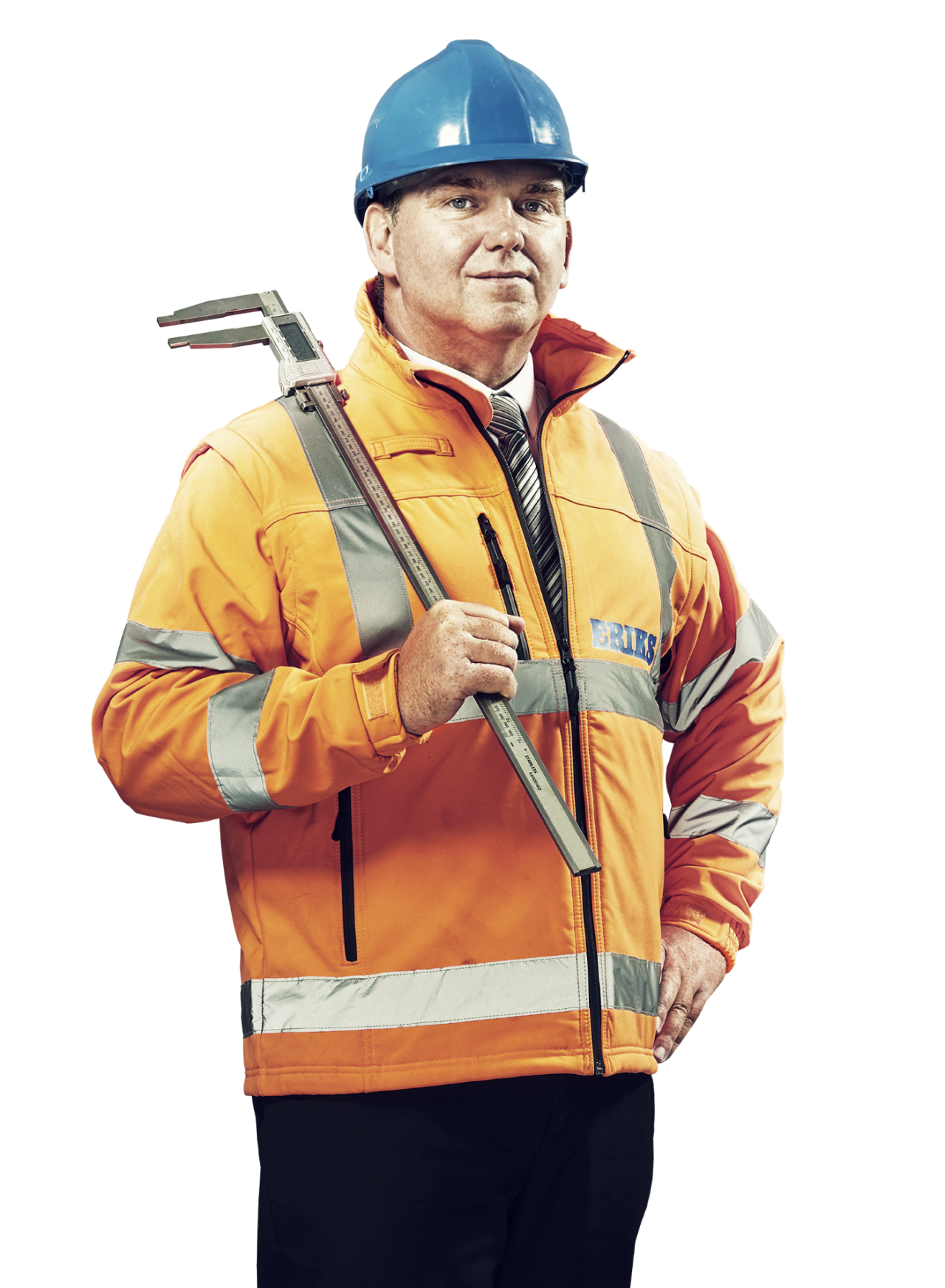The most common mistake in machine design
Seals are not the final, but the main element
Seals fulfil their function in a wide variety of applications. Think of everyday items like your coffee machine or car door, or highly critical applications like an oil pipeline or chemical reactor vessel. A seal is a critical component. In practice, it is still regularly considered to be a 'key component' of machine design. A wrong choice can cause major problems.
For example, in 1986, the Space Shuttle Challenger exploded shortly after it was launched. Part of the cause was traceable to a faulty O-ring. Worse, a number of engineers had reported the possible error, but NASA allegedly ignored their warnings.
In that light, a machine redesign due to the wrong seal is only a tiny problem. But it can lead to a delay in the delivery of the machine.
If a faulty seal goes unnoticed, this may lead to much bigger problems. Ranging from damage and leaks to crucial parts of your machine, to danger to the people working with it. With all the complaints, damage claims and safety risks that this entails. You understand that, in order to prevent 'problems' – in the broadest sense of the word – you won't regret paying attention to the sealing of your machine parts early on in the design phase.
A seal is not the final part of your design
Unfortunately, it happens sometimes: after assembling a (pre-)prototype it is impossible to mount the seal. Or after a few tests, the seal doesn't work quite as well as expected. One thing is certain: you have to go back to the drawing board. This leads to delays in the process, unforeseen costs and sometimes jeopardises the design's deadline.
The cause? The assumption that the chosen seal will fit. In short: too often, seals are regarded as details in a machine or installation. As a result, suppliers – who are able to ask the right questions about the function of the seal within the machine – are invited to the table too late. So, it is high time to upgrade the seal's role within the design process.


Where does the seal fit into your machine design?
The proper functioning of a seal is critical for your machine's operations and safety. The type of seal, the groove construction and the material from which the compound is made depend on, among other things:
- The machinery's application, location and intended lifetime
- The seal's location and function within the machine
- Conditions such as pressure, medium and temperature (and time) to which the seal is exposed
- Other 'critical to quality' requirements of the seal
It makes quite a difference to your lead time whether you need an existing compound for your seal, or if the type of elastomer you need has yet to be designed. Also, seals will need to be replaced over time, but have you taken that into account in your design? Plus, seals are often cleaned with chemicals or need to be mounted in a special way.
All considerations that cannot be ignored.
However, designers don't always take these kinds of questions into account, which means that the design of either the seal or even the entire machine has to be modified. You can prevent this by taking the right steps, and by consulting specialists who know everything about tolerances and the unique properties of rubber at an early stage.
Machine design using Design for Six Sigma
With the Design for Six Sigma method, you stay ahead of these potential problems. It is a proactive approach in which you invest a lot of time researching customer demand very precisely, making it concrete and therefore measurable. This approach provides focus to your development process by:
- applying methods such as DMAIC or DIDOV for a high-quality design and production process
- conducting tests such as a Design FMEA to identify, prioritise and eliminate failure modes early
- engaging the right stakeholders – such as buyers and suppliers – at the right time.
Do you want to start designing a machine in a way that optimally streamlines (production) processes? Where products meet all requirements to ensure a consistently high quality?
Design for Six Sigma is a powerful approach/philosophy that ensures you make the right design choices from an early stage.

General contact ERIKS Global Head Office
Chamber of Commerce
37 01 32 89
VAT Number
NL003.076.490.B02

